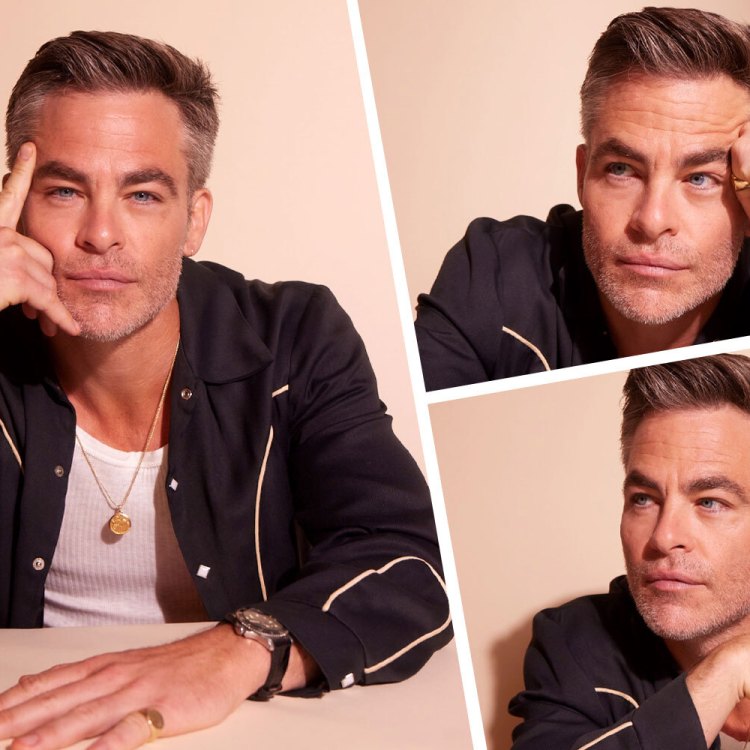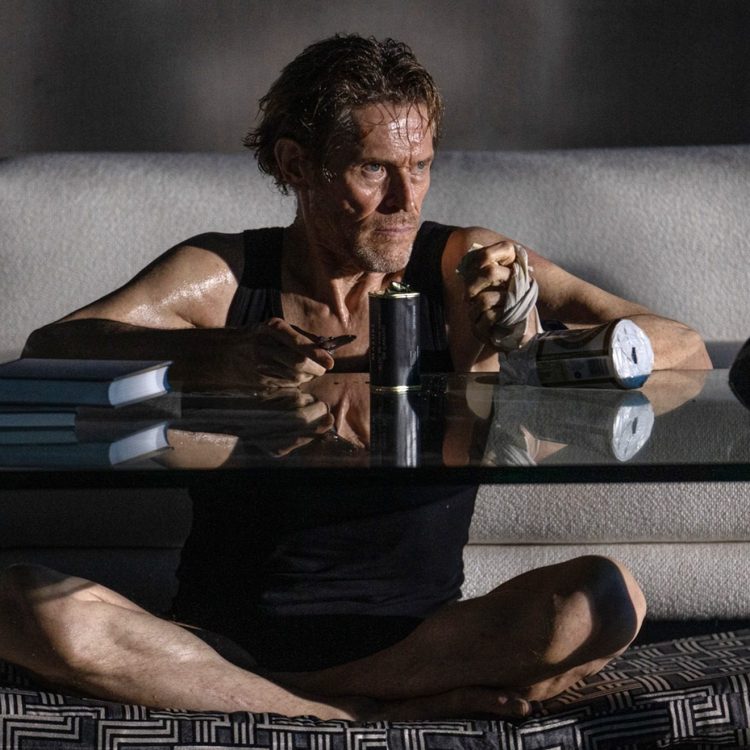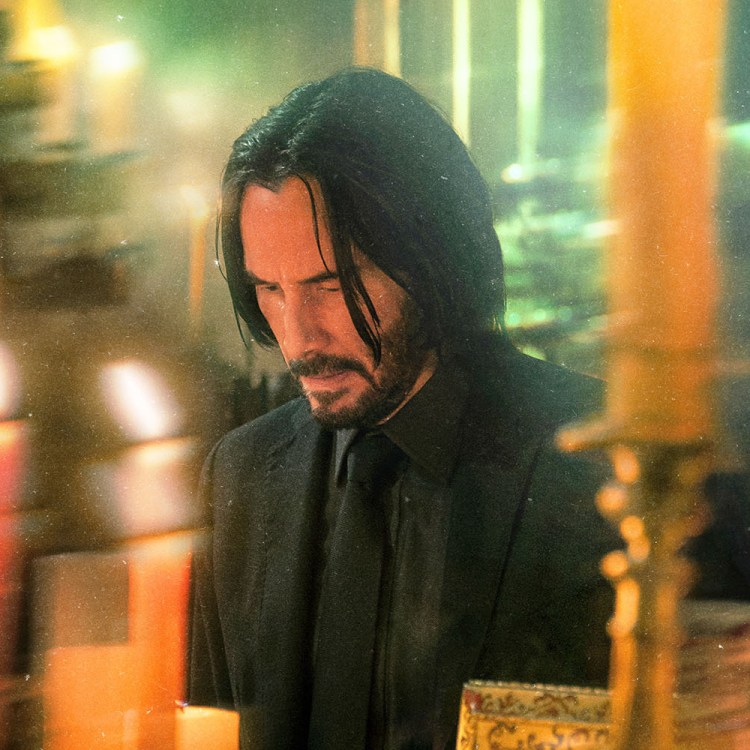Since its release in 1974, the film Chinatown has become a classic — a haunting (and haunted) detective story with a host of memorable lines, characters and scenes. Even its director’s subsequent actions haven’t overshadowed the film’s reputation. A high-profile prequel series in in the works for Netflix — and that’s only one way in which the film’s legacy is still a going concern.
This week brings with it the release of Sam Wasson’s book The Big Goodbye: Chinatown and the Last Years of Hollywood. Wasson has a penchant for artistically challenging, psychologically complex subjects; he’s also written an acclaimed biography of Bob Fosse.
In an excerpt from the book at CrimeReads, Wasson breaks down the crimes — some real, some fictional — that helped influence the making of Chinatown. Wasson quotes Chinatown screenwriter Robert Towne on what ended up drawing him to the works of legendary crime fiction author Raymond Chandler:
“I realized that I had in common with Chandler that I loved L.A. and missed the L.A. that I loved. It was gone, basically, but so much of it was left; the ruins of it, the residue, were left. They were so pervasive that you could still shoot them and create the L.A. that had been lost.”
Wasson describes Towne discovering a photo essay titled “Raymond Chandler’s L.A.” in the time following the Tate-LaBianca murders and being drawn to it, due in part to the photos evoking the Los Angeles of Towne’s childhood.
In turbulent times — and the heyday of the Manson Family certainly qualifies as that — there can be a calmness that comes from revisiting the past. Wasson’s account of Towne’s life during this period helps to explain how a singular film came about — and still echoes with resonance today.
Subscribe here for our free daily newsletter.
Thanks for reading InsideHook. Sign up for our daily newsletter and be in the know.
















